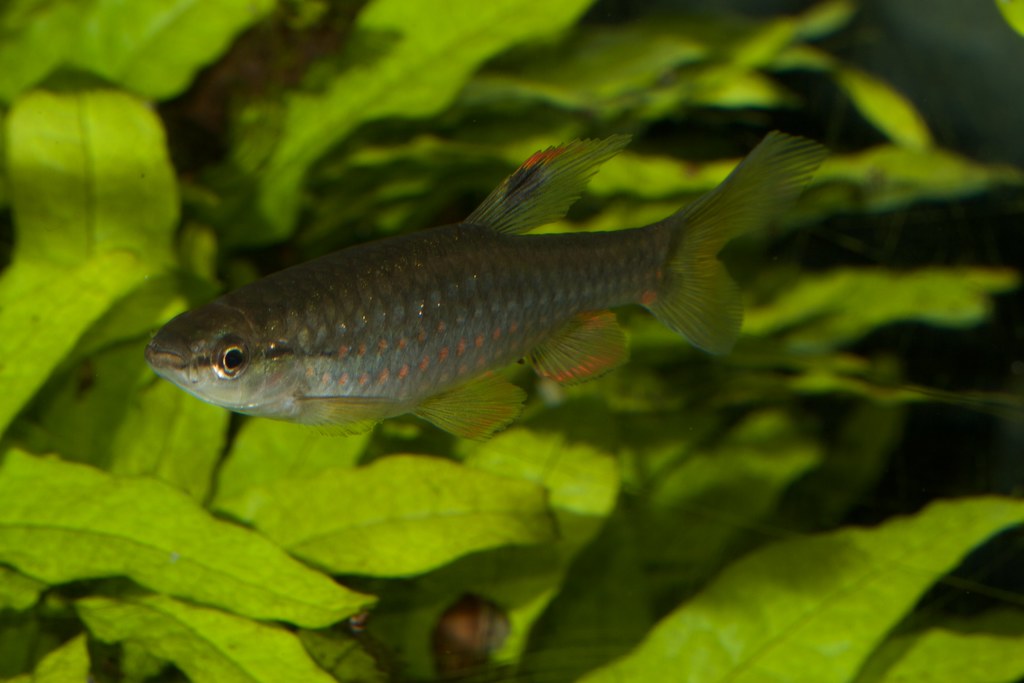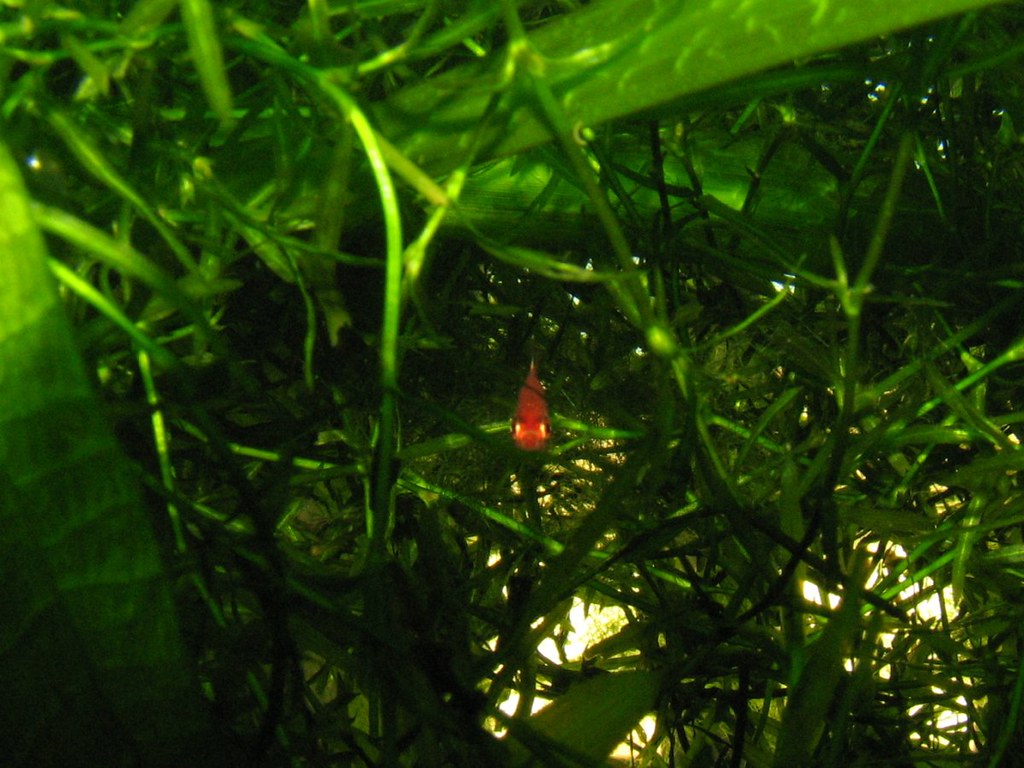
Ever found yourself peering into your aquarium, wondering what those tiny, translucent orbs scattered throughout the water might be? If you're a tetra enthusiast, it's quite possible you've spotted tetra eggs. But what exactly do tetra eggs look like, and how can you identify them?
### Understanding Tetra Reproduction
Tetras, popular for their vibrant colors and lively nature, are also known for their prolific breeding habits. In the wild, they scatter their eggs, leaving them to develop independently. In home aquariums, their eggs often become a mystery until fry suddenly appear.
### The Appearance of Tetra Eggs
Tetra eggs are incredibly tiny and can be easily mistaken for debris. They're typically translucent and spherical, resembling tiny pearls or bubbles. Due to their small size, they often go unnoticed unless you're specifically looking for them.
| Characteristic | Description | Comparison |
|---|---|---|
| Color | Translucent | Bubble-like |
| Size | 0.5 to 1.5mm | Very small |
| Shape | Spherical | Pearl-like |
### Spotting Tetra Eggs in Your Aquarium

Finding tetra eggs in your aquarium can be a bit of a treasure hunt. Here are a few tips to help you spot them:
1. **Check the Bottom:** Tetra eggs often sink to the substrate. Look closely at the gravel or plant leaves.
2. **Observe Captive Behavior:** Mating tetras may display specific behaviors such as chasing and circling each other prior to egg-laying.
3. **Look After Water Changes:** Tetras often breed after water changes due to the simulation of rain, which is a natural breeding trigger for them. Understanding more about their breeding conditions—particularly how certain species like cardinal tetras require low light—can be helpful by reviewing resources such as this cardinal tetra species overview.
### What to Do If You Find Tetra Eggs

Once you've identified the eggs, it's crucial to protect them if you hope to see them develop into fry:
- **Separate the Parents:** Tetras are notorious egg-eaters. Consider moving the adults to a separate tank to prevent them from snacking on their own offspring.
- **Ensure Cleanliness:** Maintain optimal water conditions by keeping the tank clean and well-filtered. Dirty water is detrimental to egg development.
- **Provide Cover:** Add plants or a breeding net to safeguard the eggs from being eaten by other fish in the tank.
### Your Turn
Have you ever discovered tetra eggs in your aquarium? Share your experiences and tips in the comments below, or join the conversation with fellow hobbyists. Who knows, your insight might just help another aquarist spot their tiny treasures!
Frequently Asked Questions
What do tetra eggs look like?
Tetra eggs are small, round, and translucent. They often appear slightly sticky, allowing them to attach to plants or other surfaces in the tank. Depending on the lighting, they may look whitish or clear. If the eggs turn white and cloudy, it can indicate that they are not fertilized.
How do you know if a tetra has eggs?
You can identify a gravid (pregnant) tetra by its rounded abdomen, which becomes noticeably larger as it carries the eggs. The abdomen may stick out significantly compared to a non-gravid fish. Be cautious of diseases that mimic this appearance, but egg-carrying is usually symmetrical and smooth.
Where do tetras lay their eggs?
Tetras lay their eggs on flat surfaces, plants, or within sheltered areas in the tank. They tend to scatter their eggs in areas with dense vegetation or spawning mops, as these provide protection and mimic natural breeding environments.
What conditions do tetras need for breeding?
Tetras need soft, slightly acidic water (pH 5.5-6.5) and a temperature of around 75-80°F to breed successfully. A dimly lit tank with plenty of plants or spawning mops helps encourage spawning behavior. High-purity water is also essential for optimal egg viability.
How long does it take for tetra eggs to hatch?
After being laid, tetra eggs typically take 24 to 48 hours to hatch, depending on water temperature. Warmer water within the ideal range can speed up the process slightly, but it’s crucial to maintain stable conditions for successful hatching.
As you delve into the fascinating world of tetra reproduction, it's easy to become captivated by these tiny, hidden miracles of life. I'm thrilled to share this journey with fellow fish lovers like you, and I'm eager to continue the conversation. If you're as curious about aquatics as I am, be sure to dive deeper by exploring our Pinterest board, brimming with stunning visuals and inspiration. Don't forget to swim by and follow our Instagram for daily doses of aquatic beauty. For quick tips and lively discussions, join our community on X and Facebook. Whether you're a seasoned aquarist or just beginning to dip your toes, I'd love to connect and share in your passion for these enchanting creatures. Let's keep this vibrant community growing, one splash at a time!
